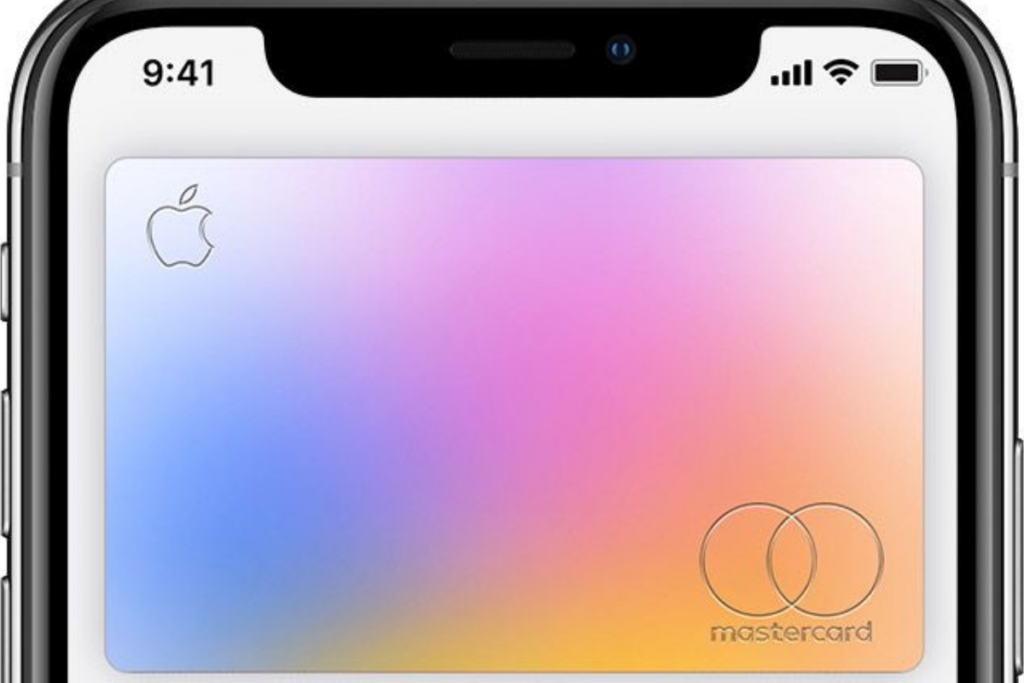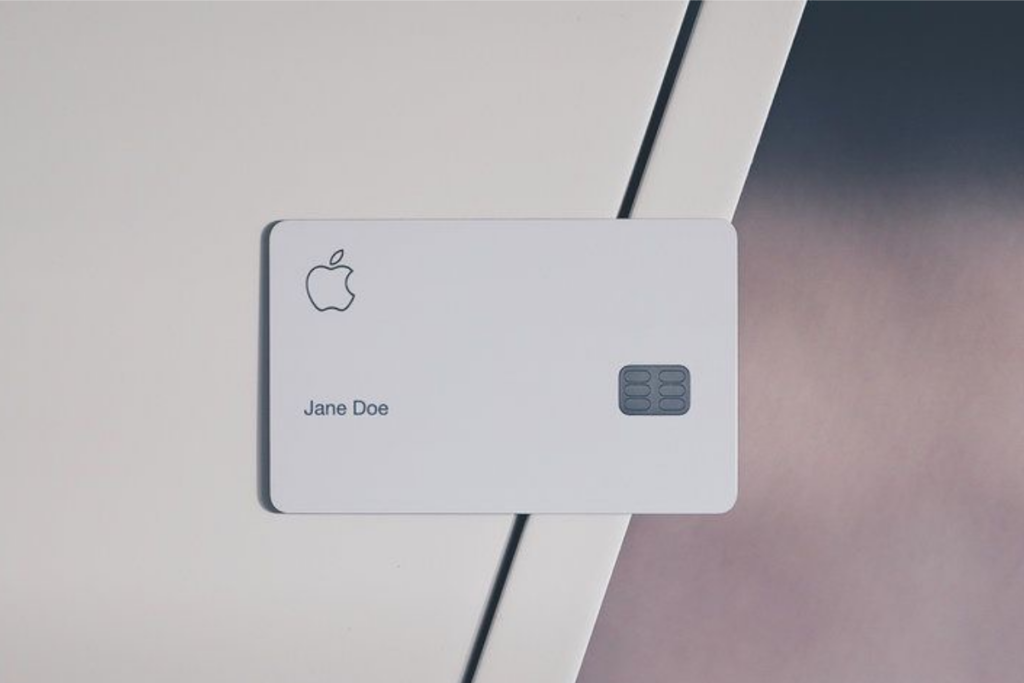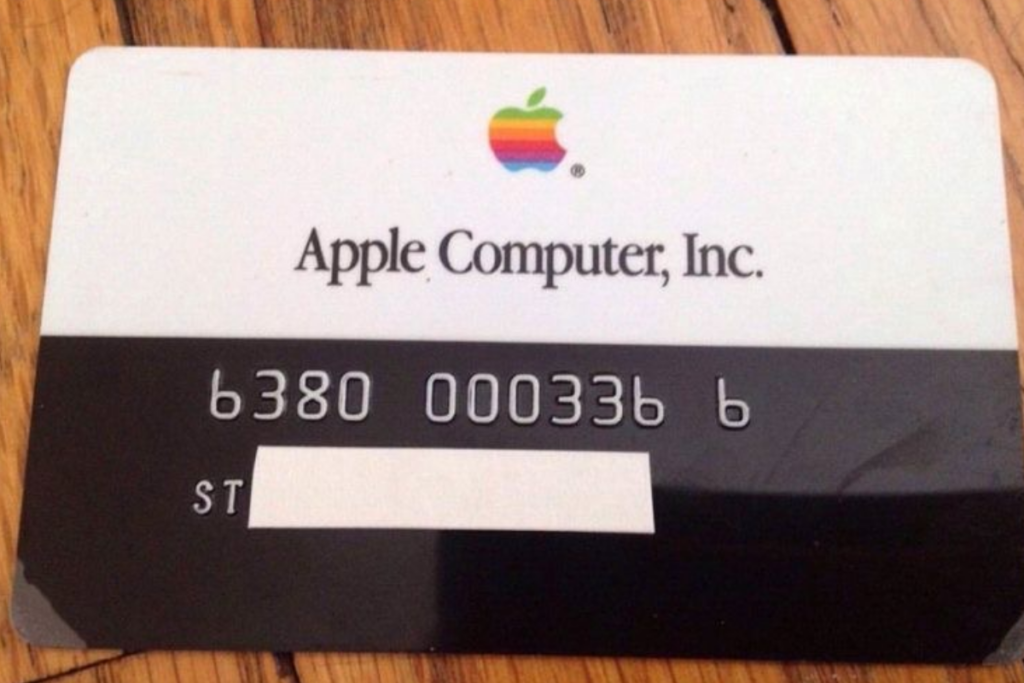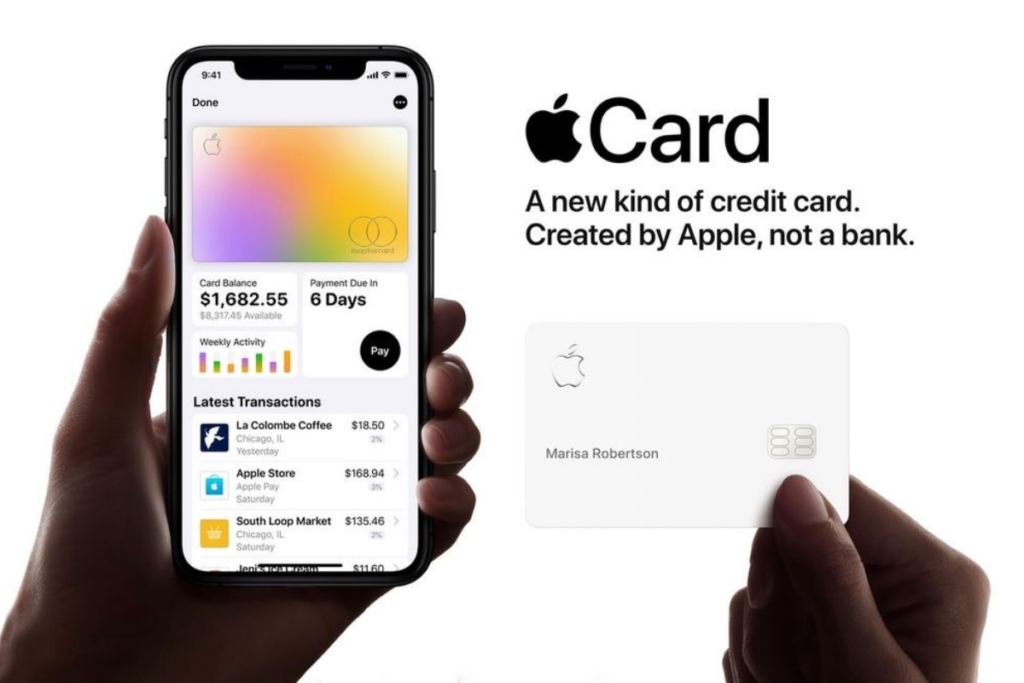Apple is talking with JP Morgan about possibly having the bank manage Apple’s credit card program, which Goldman Sachs is currently handling. At the moment, the talks are in the early stages. Essential details like the price and what features of the Apple Card would stay the same have not yet been worked out. The deal may not go through if these details are not agreed upon.
This move shows that Apple did not have many options when Goldman Sachs decided to abandon its retail banking plans. Only a few large banks in the US have the capacity and interest to take over the Apple Card program, a task that had been costly and had caused regulatory issues for Goldman Sachs.
Apple and JP Morgan Chase
According to an industry newsletter, JP Morgan is the biggest credit card company in the US based on purchased volume, that is, how much people spend using their cards.

A person familiar with the situation said the bank wants to pay less than the total value for about $17 billion in Apple Card loans because more people than expected have not been paying back their debts. People close to Goldman Sachs, the current Apple Card partner, said that many of the debts happened because the accounts were new, and they expected things to improve over time.
However, banks have found the deal less appealing due to concerns about the creditworthiness of these users. They are apprehensive because they fear the US economy might slow down soon.
JP Morgan wants to change how the Apple Card handles billing. Currently, customers receive their bill at the start of each month, all simultaneously. This is called calendar-based billing. While customers like it, it causes customer service problems because they get too many calls at once.
ALSO READ: Goldman Sachs Lowers U.S. Recession Odds to 20% Following Retail and Jobs Data
Goldman Sachs’ Interest in the Apple Credit Card
The financial service company has shown a strong interest in Apple credit cards because the tech company helped them expand into consumer banking. Goldman Sachs has always focused on working with large companies and wealthy individuals, but the Apple Card allowed them to reach everyday consumers.

The card appeals to them because it integrates with Apple’s ecosystem and offers features like no fees, cashback rewards, and easy use through the iPhone. By partnering with Apple, Goldman Sachs attracted millions of customers and boosted its presence in the consumer finance base.
Benefits of the Apple Credit Card
The Apple credit card, also known as the Apple Card, offers several benefits to customers. One of its benefits is that it has no fees. There are no annual fees, late fees, or foreign transaction fees.

Another benefit is the cashback rewards system, where you earn a percentage of your purchases back as “Daily Cash.” For example, as a customer, you can get 3% cashback on purchases made directly with Apple. You can also get 2% on purchases made with Apple Pay and 1% when you pay using a physical card.
The card is designed to work seamlessly with the iPhone. This makes it easy to track spending, pay bills, and monitor your rewards through the Wallet app. It also provides a clear breakdown of spending habits, helping users manage their finances better.
The Apple credit card also benefits cardholders by offering strong privacy and security features, including Face ID or Touch ID for payments. It doesn’t store your current number on your device or share it with merchants.
Apple Credit Card Requirements
You need to meet the following important requirements to get the Apple Card.

- You must be at least 18 years old and a US citizen or legal resident with a valid address.
- You need an iPhone running iOS 12.4 or later because the card works through the Apple Wallet app.
- When you apply, your credit score will be checked. A good or excellent credit score (600 or higher) increases your chances of being approved.
- You will also need a valid Apple ID with two-factor authentication set up and signed into iCloud.
- Although there are no set income requirements, your income and other financial factors will be considered during the approval process. It will be used to determine your credit limit.
ALSO READ: Average Credit Card Debt Climbs to $6,329: ‘People Are Stretched,’ Expert Warns
Is the Apple Credit Card Good for Students?
The Apple credit card can be a good option for students in some situations. However, it depends on their financial habits and needs. Here are a few reasons why it is a good choice:

- No Fees: The card has no fees, no late fees, and no foreign transaction fees. This is helpful for students who want to avoid extra costs.
- Cashback Rewards: Students can earn cashback on their purchases. They can earn up to 3% back on Apple products. They can earn 2% on Apple Pay and 1% on the physical card. It can all add up if they frequently buy Apple products or use Apple Pay.
- Easy Tracking: The card is managed through the Wallet app on an iPhone. This makes it easy for students to track their spending, see how much they owe, and set financial goals.
- No Penalty for Late Payments: Unlike other cards, there are no penalties if the student misses a payment. However, they could still accumulate interest if they don’t pay the entire balance.
An Apple credit card may not be the best option for students starting to build their credits. The Apple Card requires a decent credit score for approval, so it may be hard for students with no credit history to get approved. The cashback rates on Apple cards are also not as high as those of other cards specifically made for students.

